 Image Credit: C. Taylor Crothers/Getty Images
Image Credit: C. Taylor Crothers/Getty Images
In this article:
How Residential Taxes Are Determined in NYC
The issues with this approach, as highlighted by a 2021 Bloomberg investigation, include the relatively small sample size and the unclear method of comparison. Consequently, a walk-up in Chinatown with affordable units might be compared to a building in nearby Soho or Tribeca, leading to inequitable outcomes where the owner of the higher-valued property benefits, and the owner of the lower-valued property loses out.
The Problem with NYC’s Residential Tax System
1. The rules for valuation differ for 1-3 family homes, co-ops, and condos. Large rentals are taxed at nearly double the rate of condos and co-ops.
2 The system is generally opaque and challenging to comprehend. Variation in assessment ratios based on property type confuses owners and reduces transparency in the system.
3 There is a significant disparity in effective tax rates across neighborhoods. Homeowners in the outer boroughs pay considerably higher rates compared to those in upper- and middle-class Manhattan and brownstone Brooklyn.
The Proposed Fix
• Aggregate Class 1, Class 2 condos and coops, and small rentals (up to 10 units) in one class, and uniformly value all properties in the class at sales-based market value.
• End fractional assessments and apply one tax rate to the sales-based market value.
• Phase the changes in over five years, with the potential consideration of allowing homeowners to defer the higher tax burden until the sale of the property, or even waiting until the sale to reset the rates.
• Provide a homestead exemption for homeowners who use their property as a primary residence and circuit breakers to protect potentially vulnerable homeowners in areas where rates may rise over time.
Challenging an NYC Tax Assessment
Available Condos with Low Taxes
CPW Towers, #14U
$749,000 (-2.1%)
Monthly Taxes: $170
Central Park West | Condominium | Studio, 1 Bath | 579 ft2
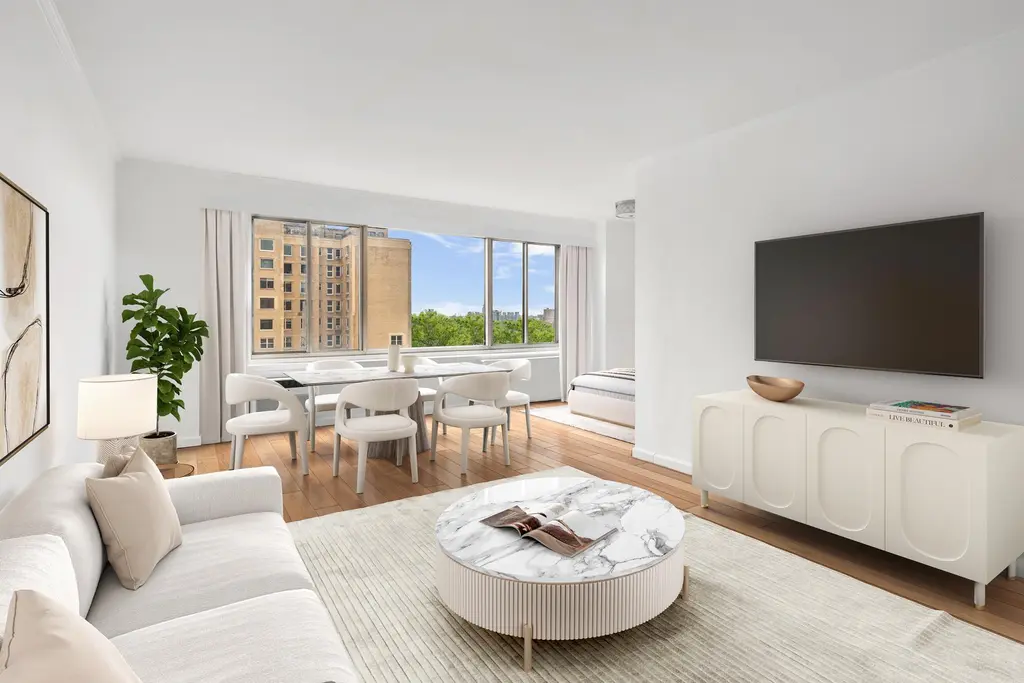
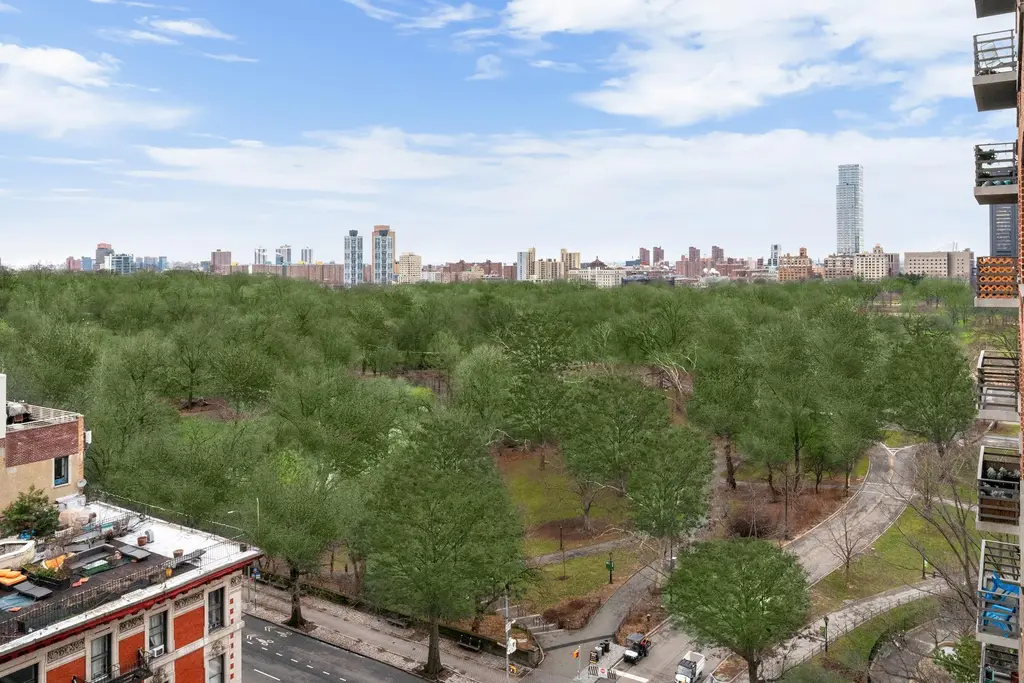
The Crest, #7E
$849,000
Monthly Tax: $2 | 421-A abatement until 2034
Park Slope | Condominium | 1 Bedroom, 1 Bath | 734 ft2
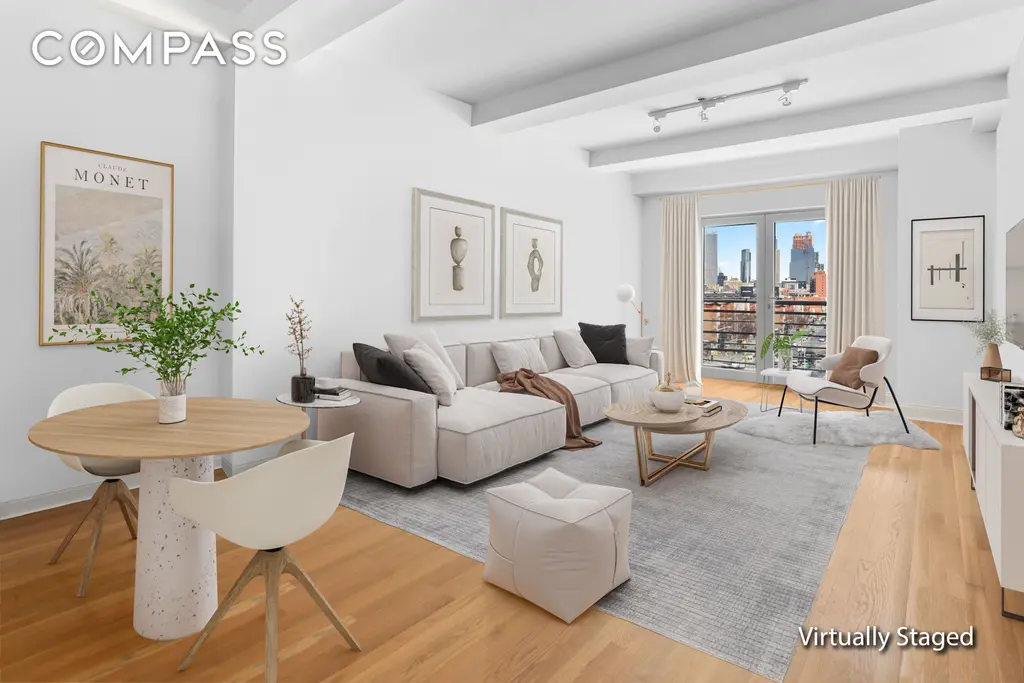
201 Spencer Street, #9B
$869,000
Monthly Tax: $1 | 421-A tax abatement ending in 2030
Bedford-Stuyvesant | Condominium | 1 Bedroom, 1 Bath | 600 ft2
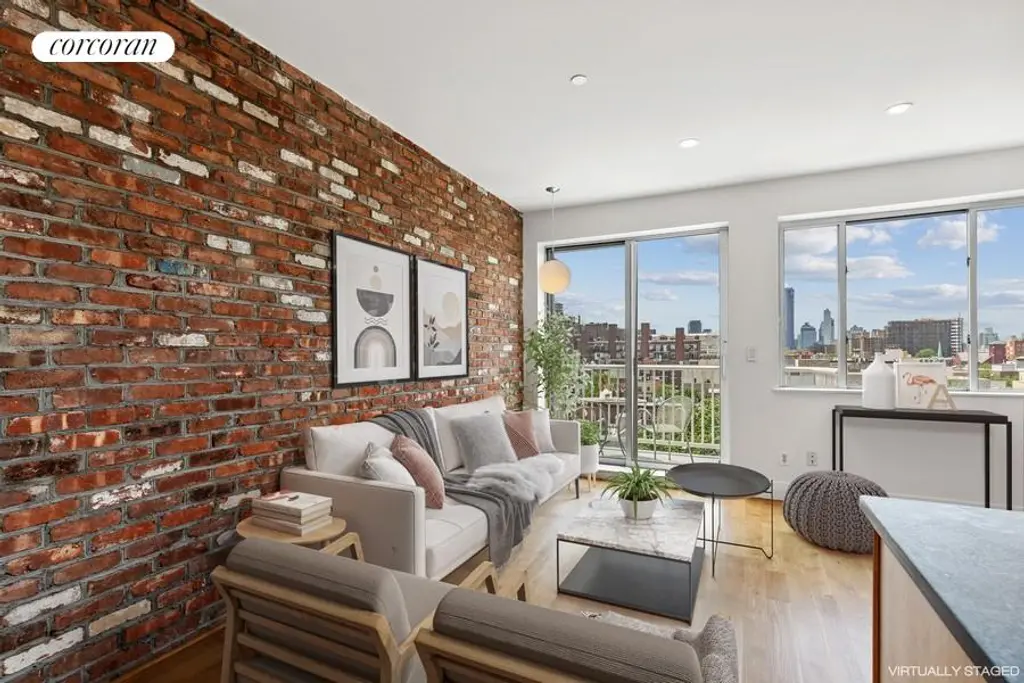
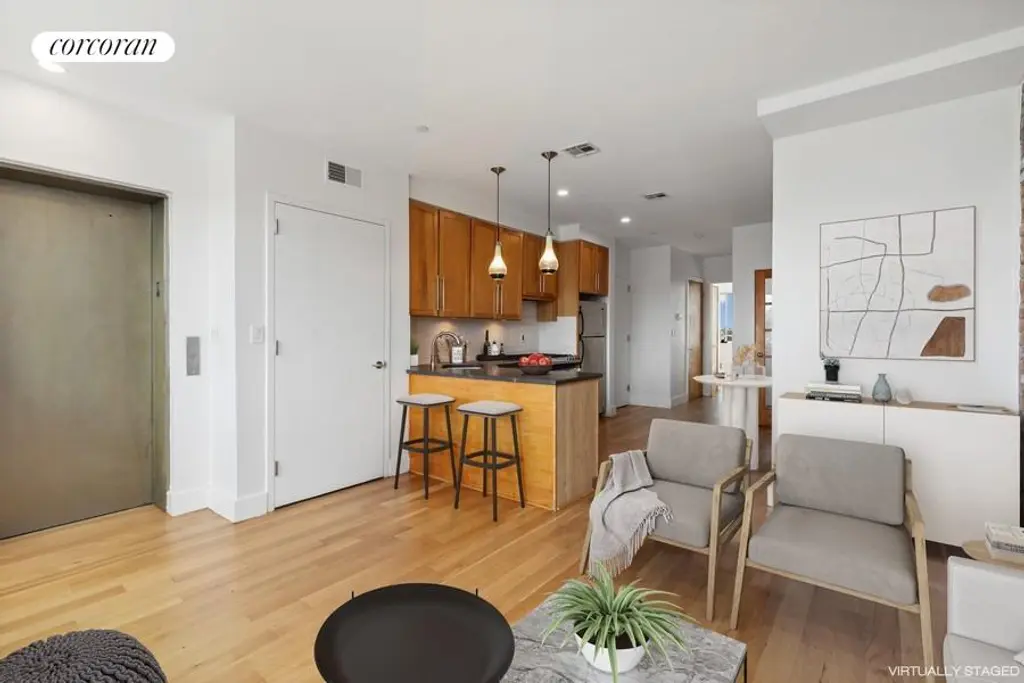
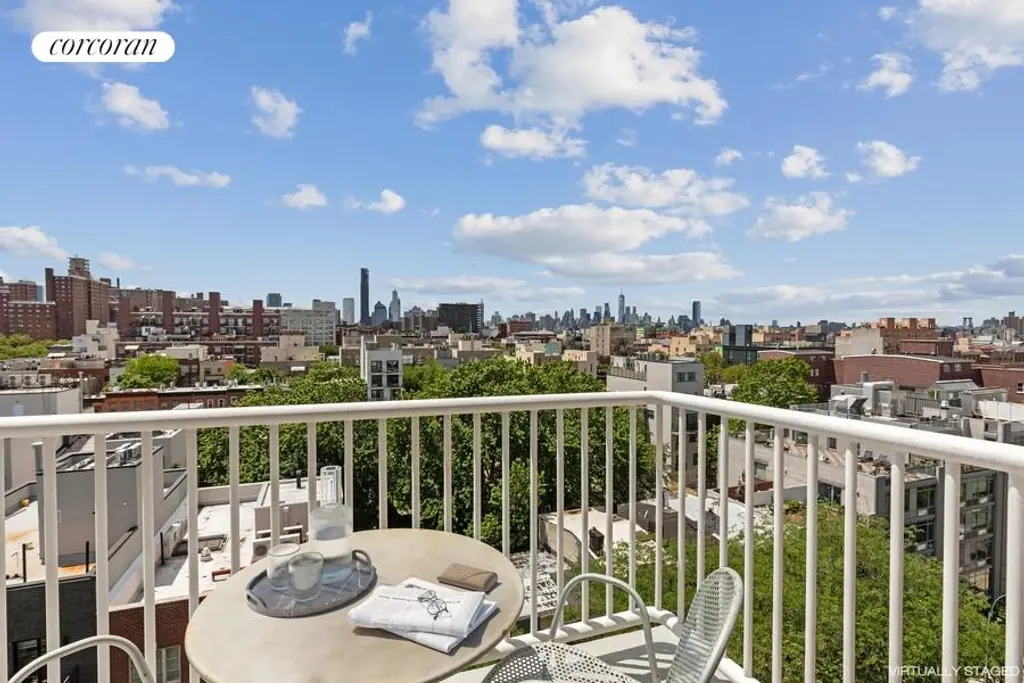
83 Woodhull Street, #3
$1,150,000
Monthly Tax: $1 | Tax abatement in place until 2031
Carroll Gardens | Condominium | 2 Bedrooms, 2 Baths | 1,020 ft2
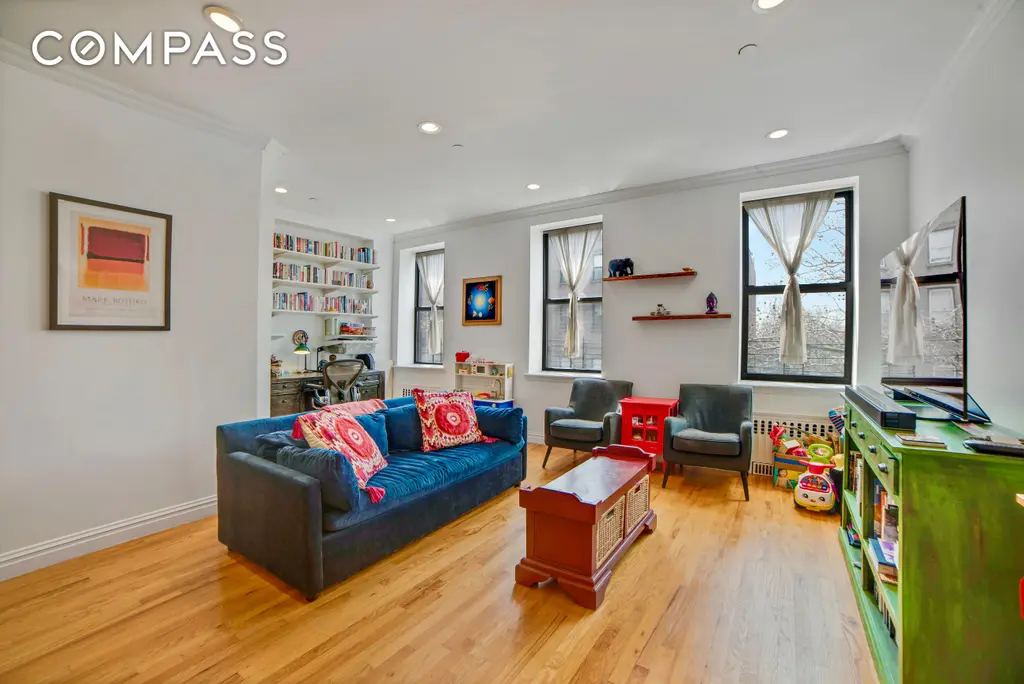
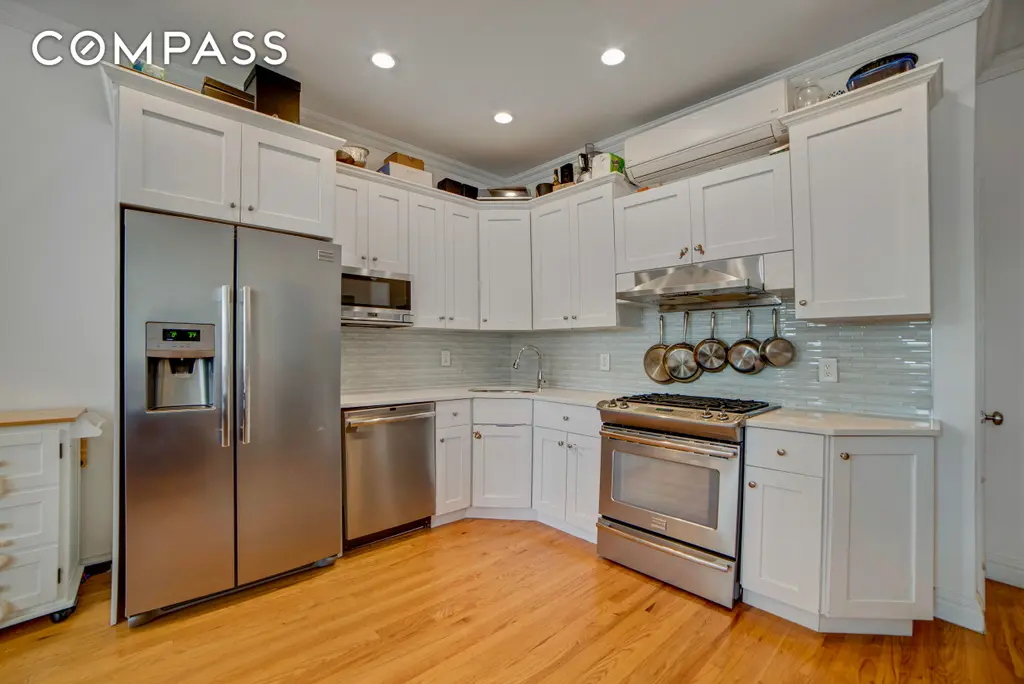
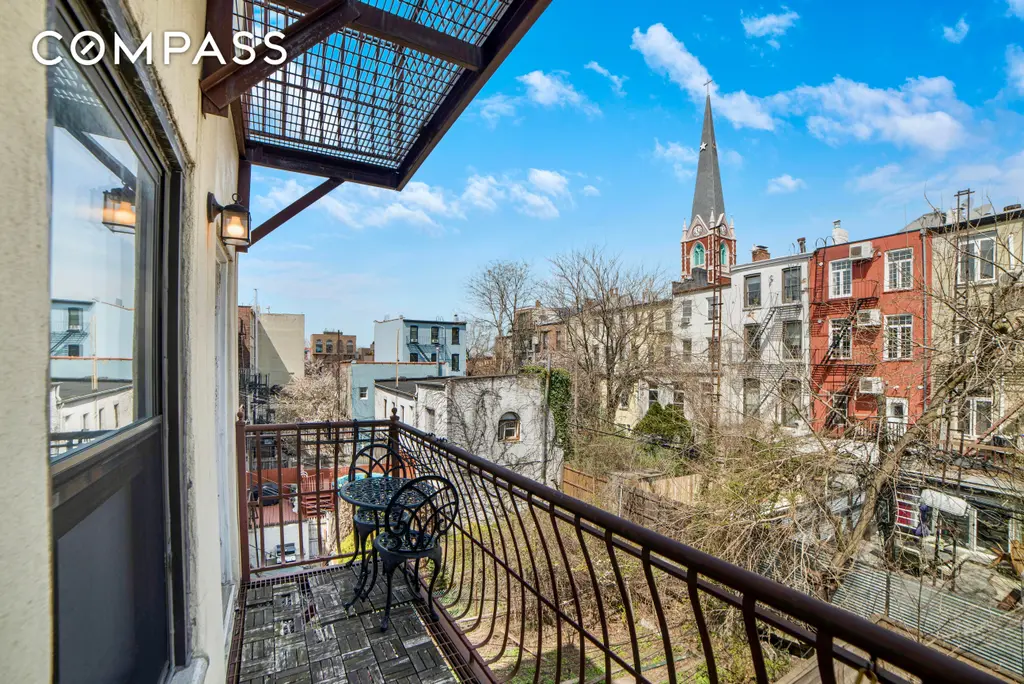
The Artisan, #C
$1,175,000
Monthly taxes: $15 | Tax abatement in place through 2033
Williamsburg | Condominium | 2 Bedrooms, 1 Bath | 832 ft2
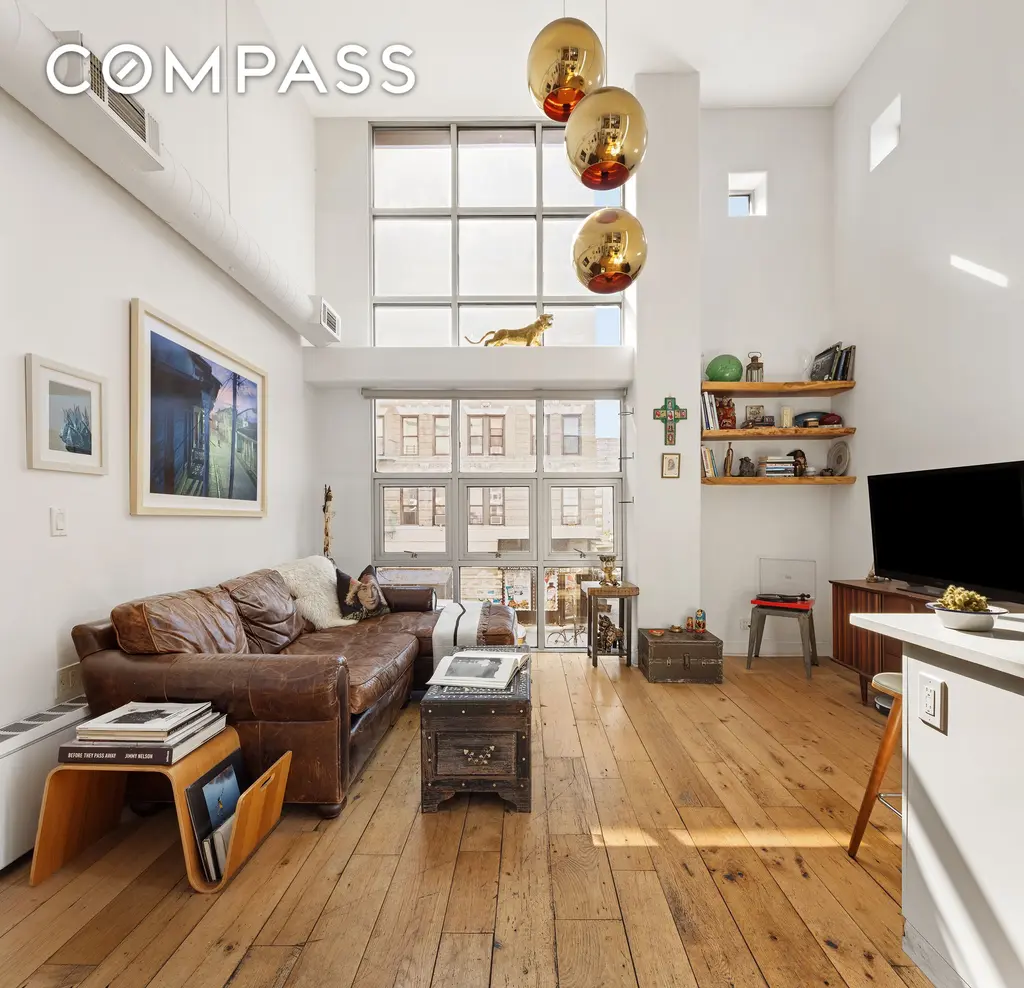
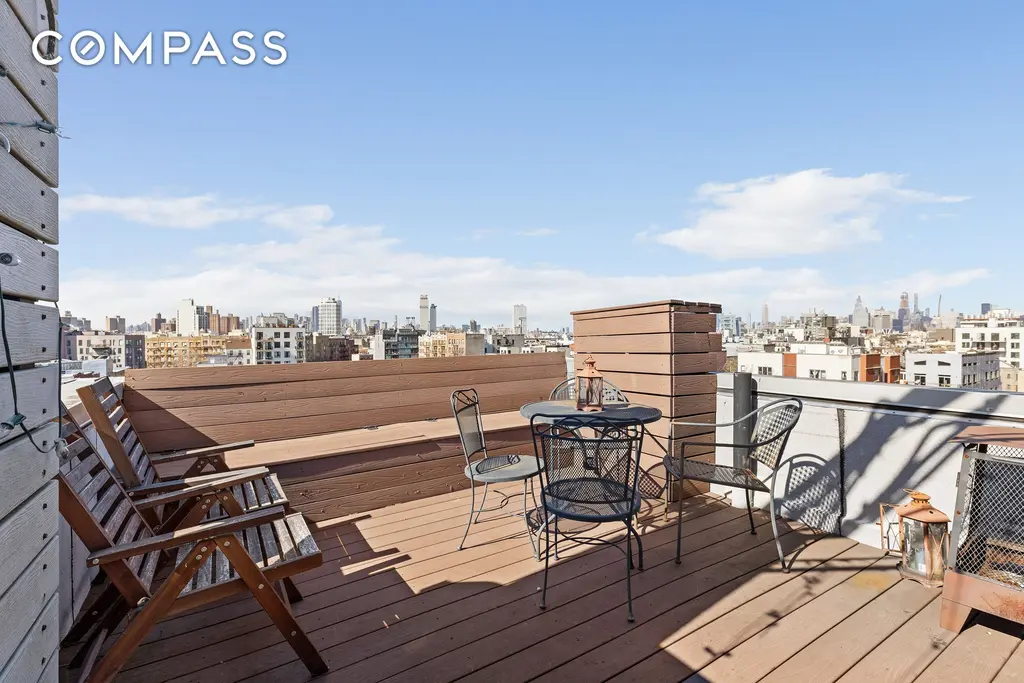
273 Clifton Place, #4F
$1,200,000
Monthly Tax: $3 | Tax abatement in effect until 2034
Bedford-Stuyvesant | Condominium | 1 Bedroom, 1 Bath | 1,036 ft2
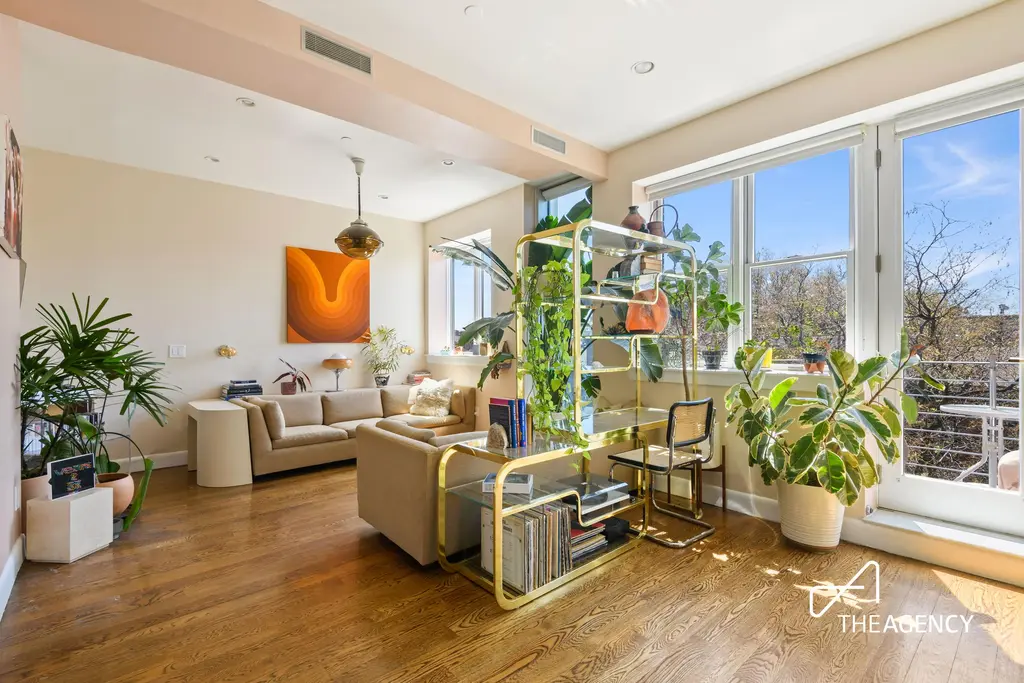
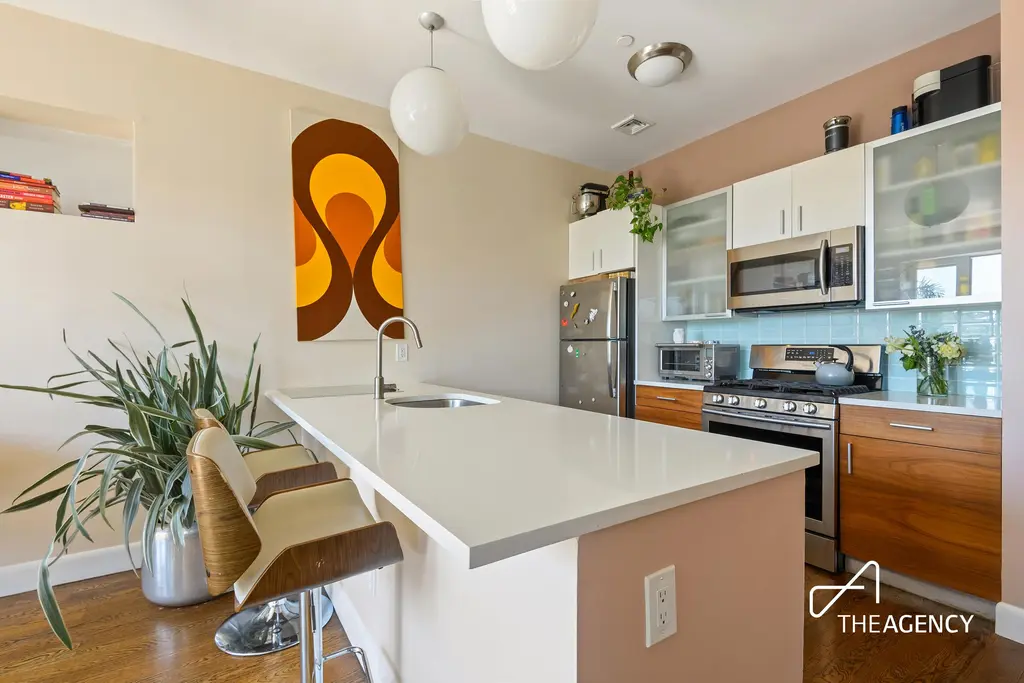
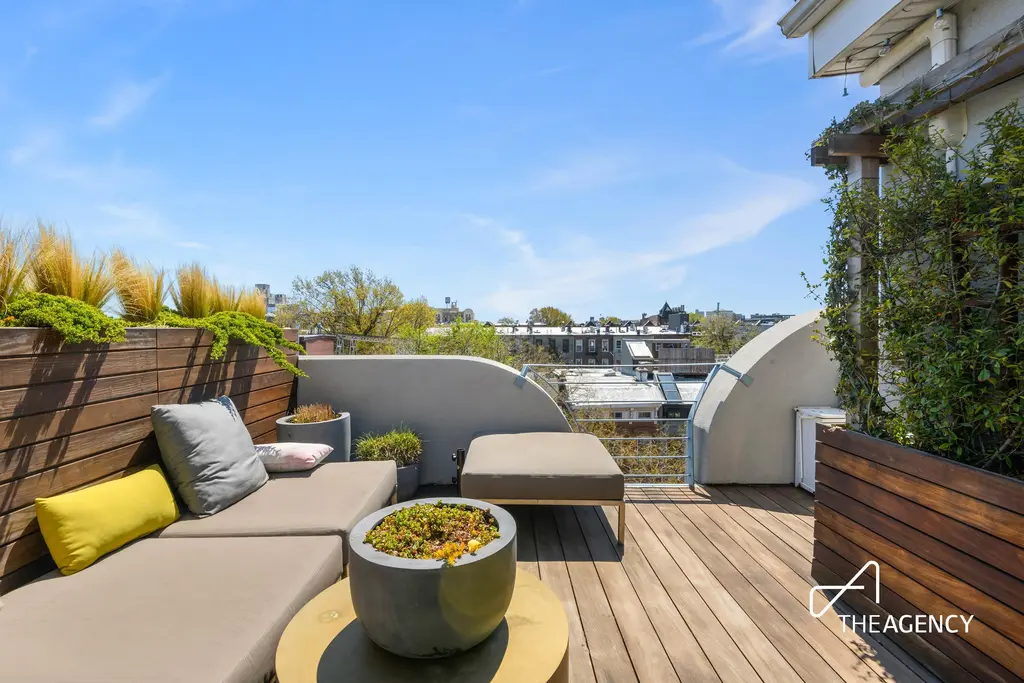
Rhapsody on Fifth, #2B
$1,295,000
Monthly Tax: $2 | Tax abatement expires in 2025
Harlem | Condominium | 2 Bedrooms, 2.5 Baths | 1,800 ft2
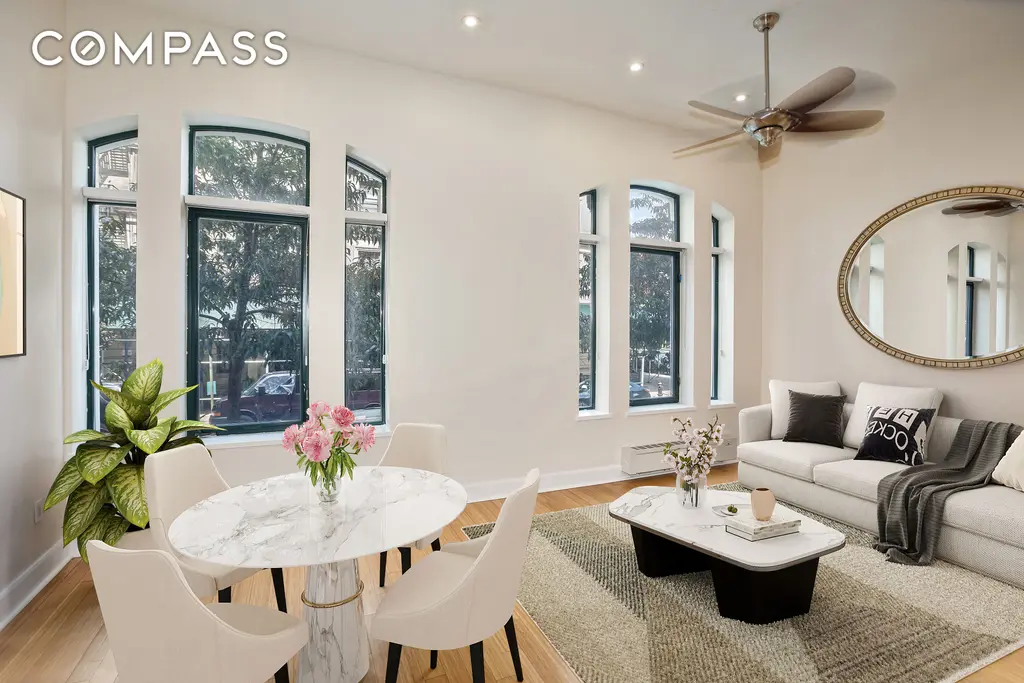
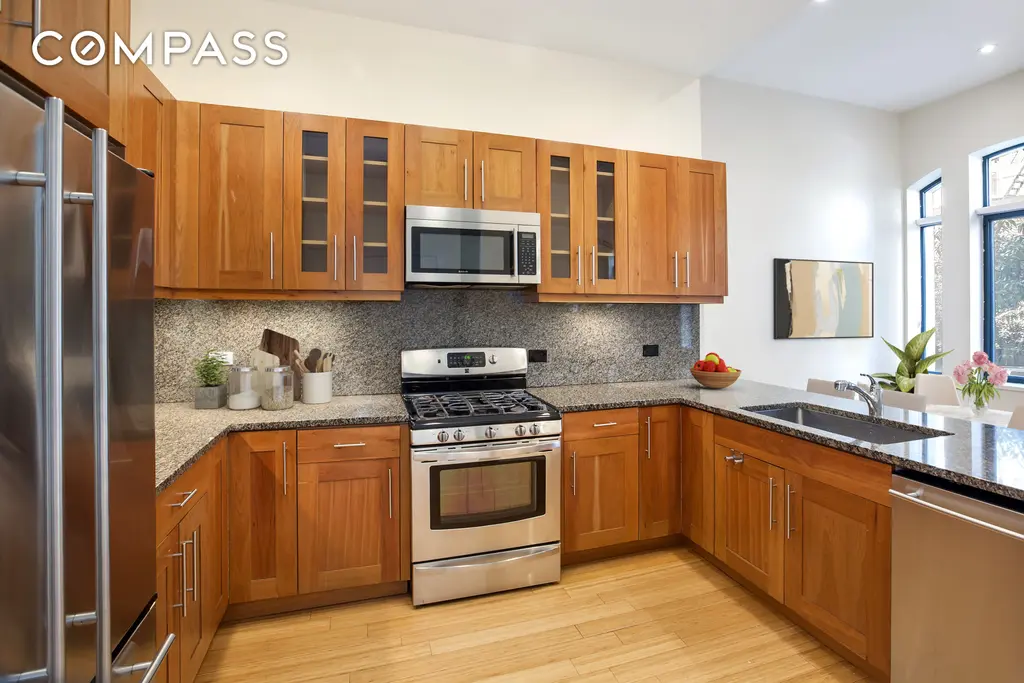
One Manhattan Square, #40J
$1,350,000 (-1.8%)
Monthly tax: $1 | 20-year 421a tax abatement in effect
Lower East Side | Condominium | 1 Bedroom, 1 Bath | 695 ft2
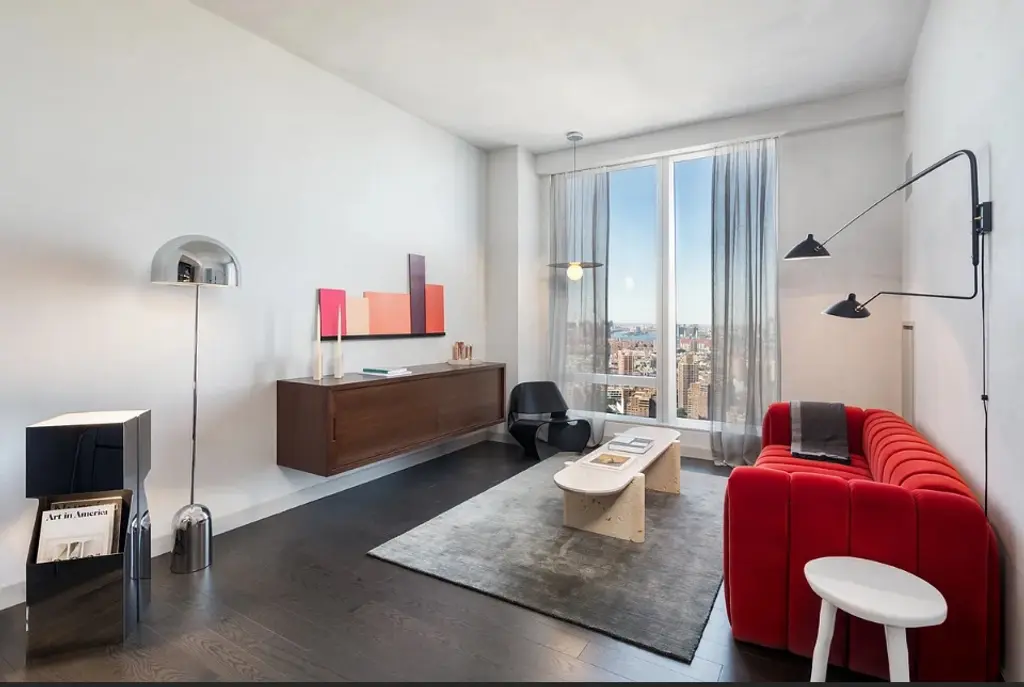
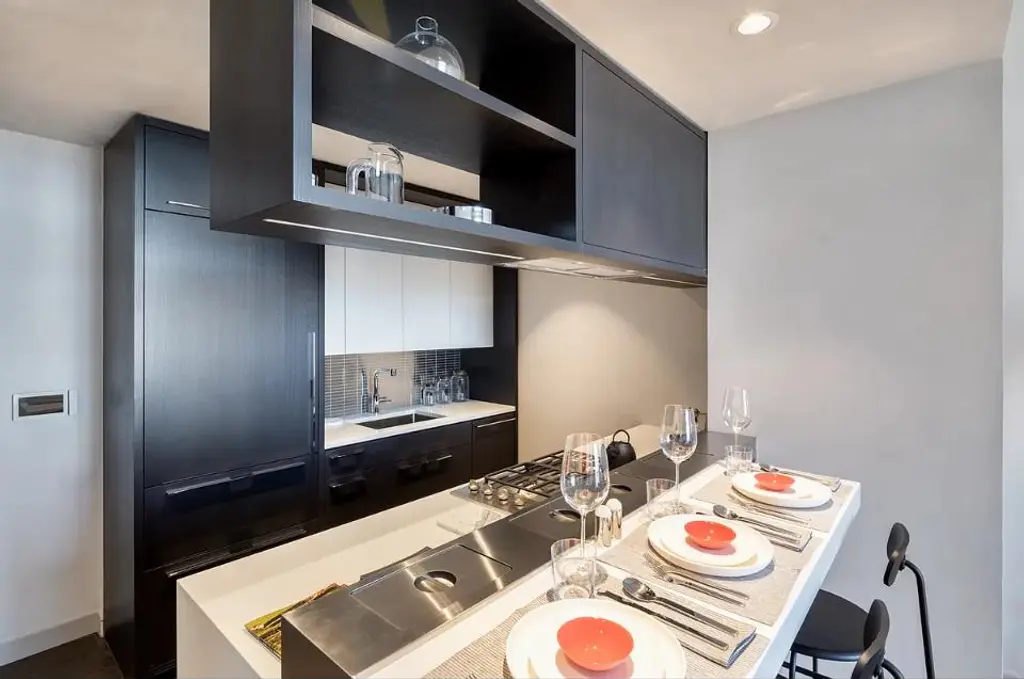
One Strivers Row, #4A
$1,375,000
Monthly tax: $17 | Tax abatement until 2032
Harlem | Condominium | 3 Bedrooms, 3 Baths | 1,600 ft2
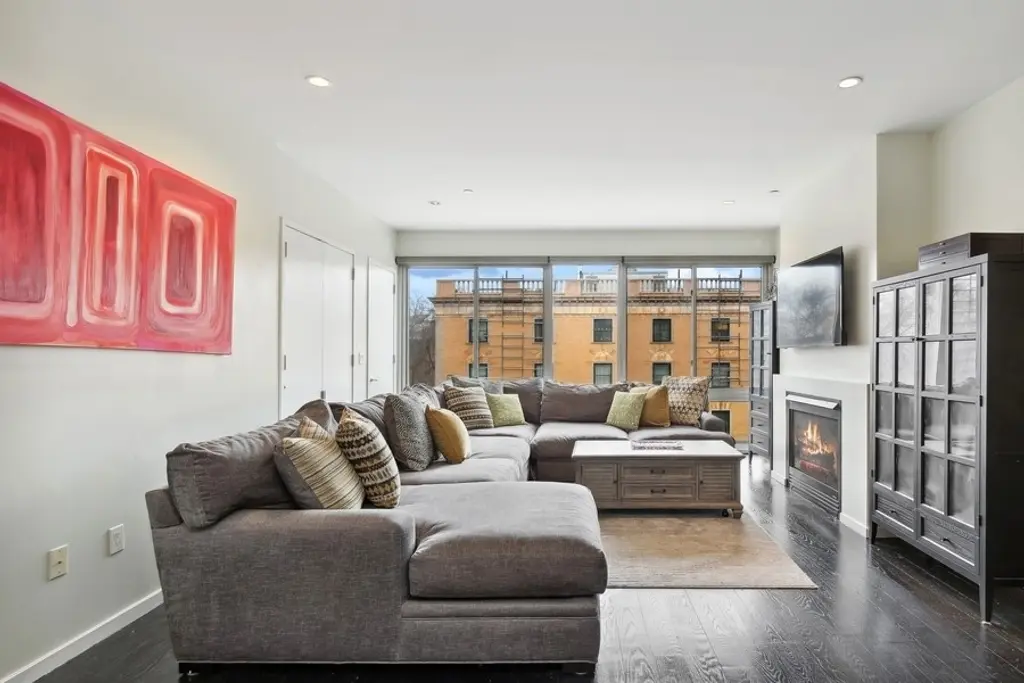
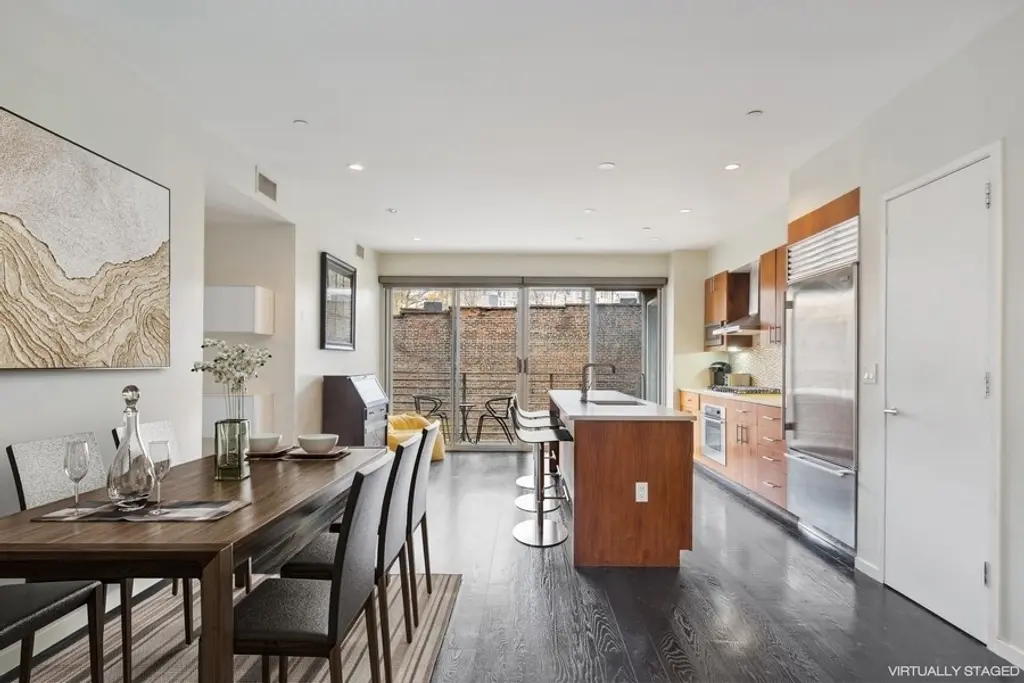
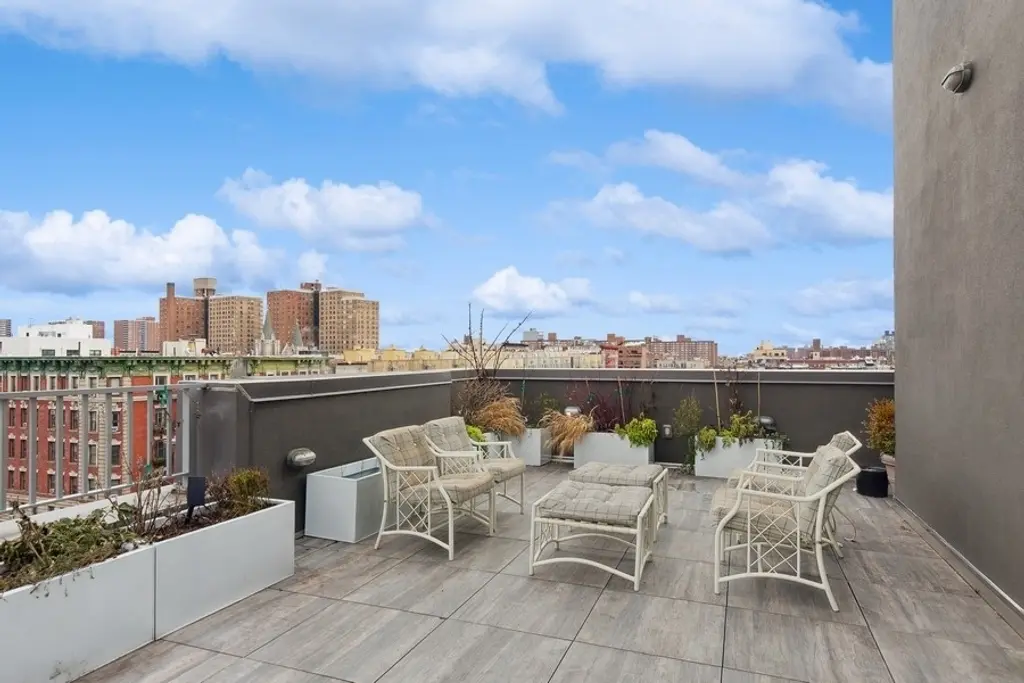
100 West Condos, #16J
$1,495,000
Monthly tax: $655
Broadway Corridor | Condominium | 2 Bedrooms, 1 Bath | 971 ft2
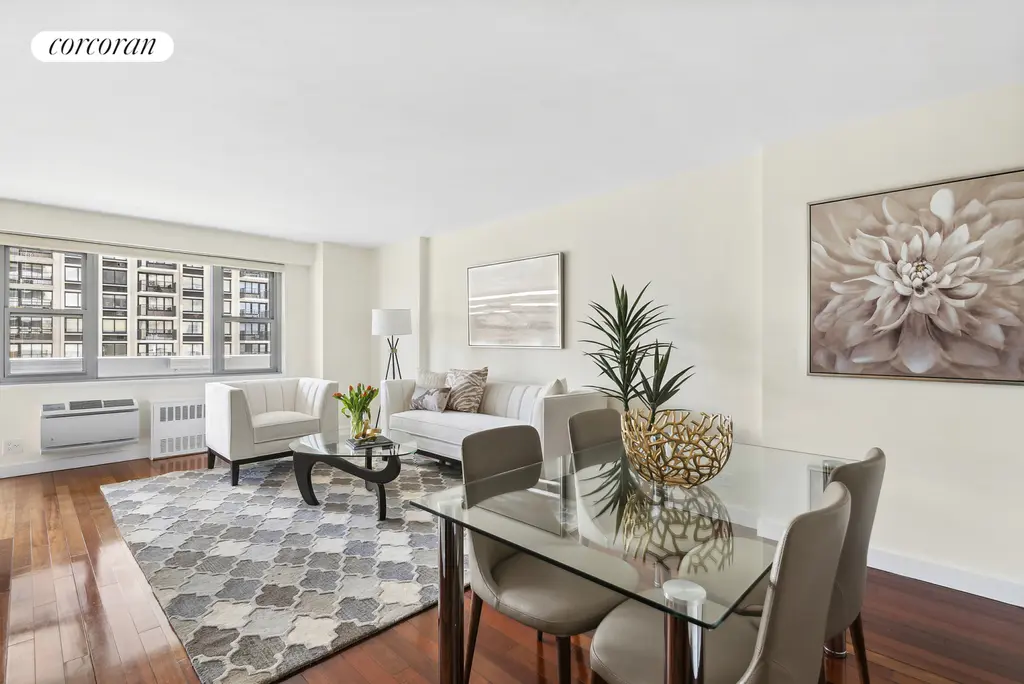
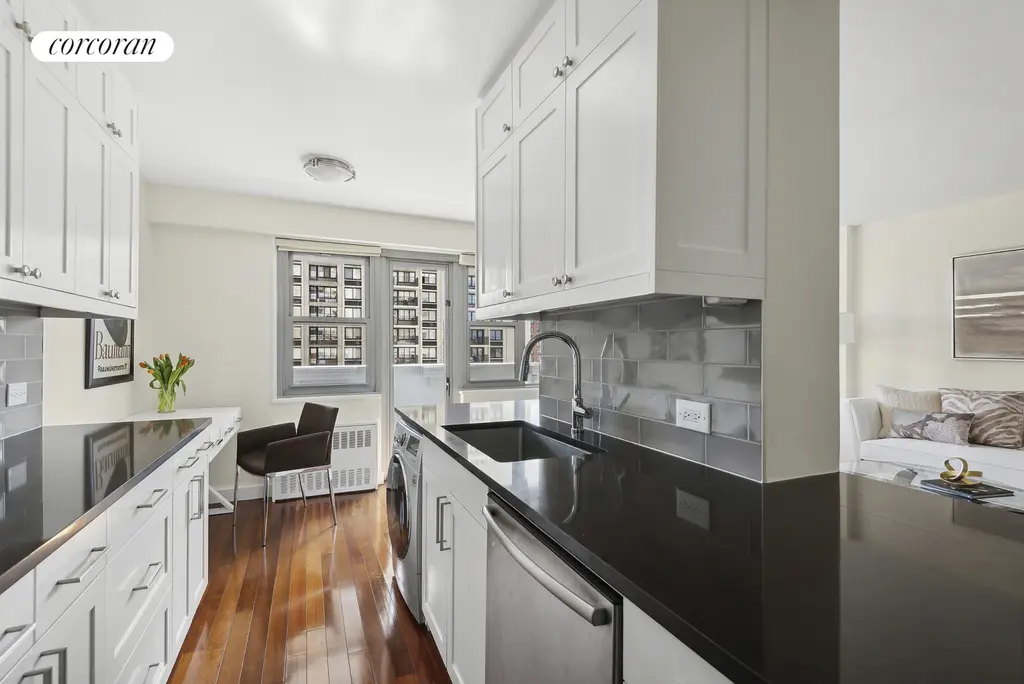
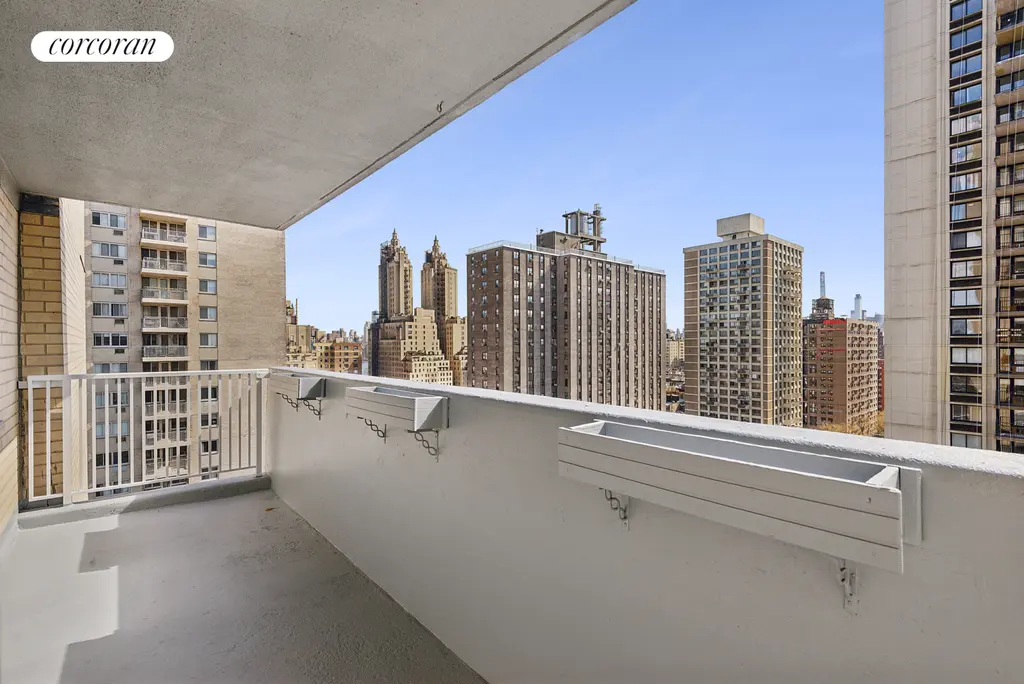
130 Barrow Street, #218
$1,495,000
Monthly tax: $713
West Village | Condominium | 1 Bedroom, 1 Bath | 756 ft2
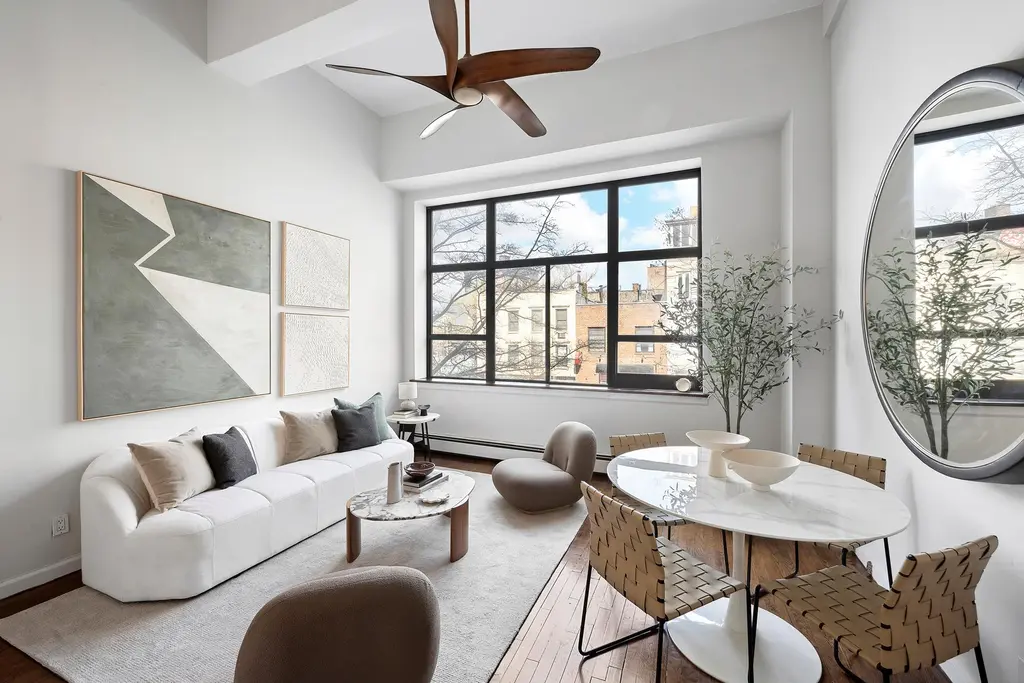

215 East 80th Street, #9A
$1,590,000 (-3.6%)
Monthly tax: $726
Yorkville | Condominium | 2 Bedrooms, 1 Bath | 884 ft2
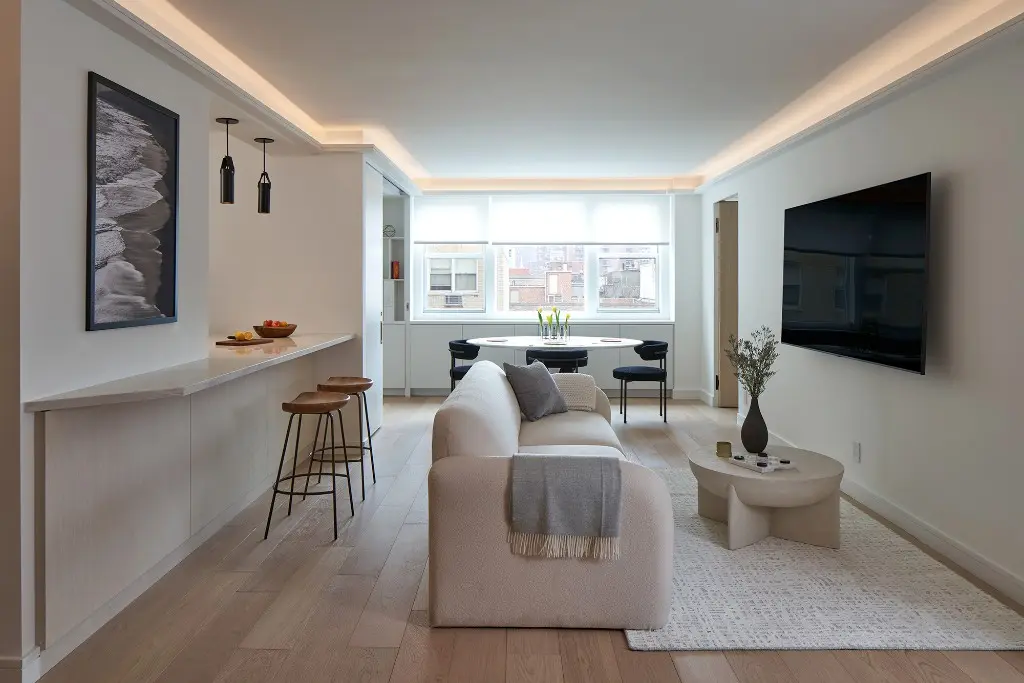
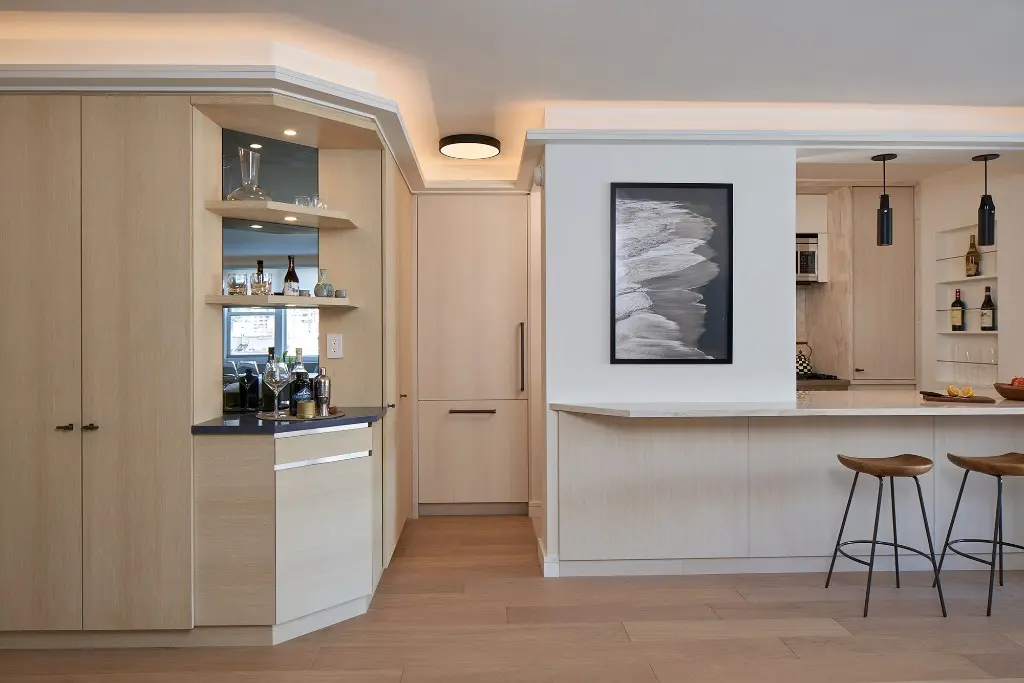
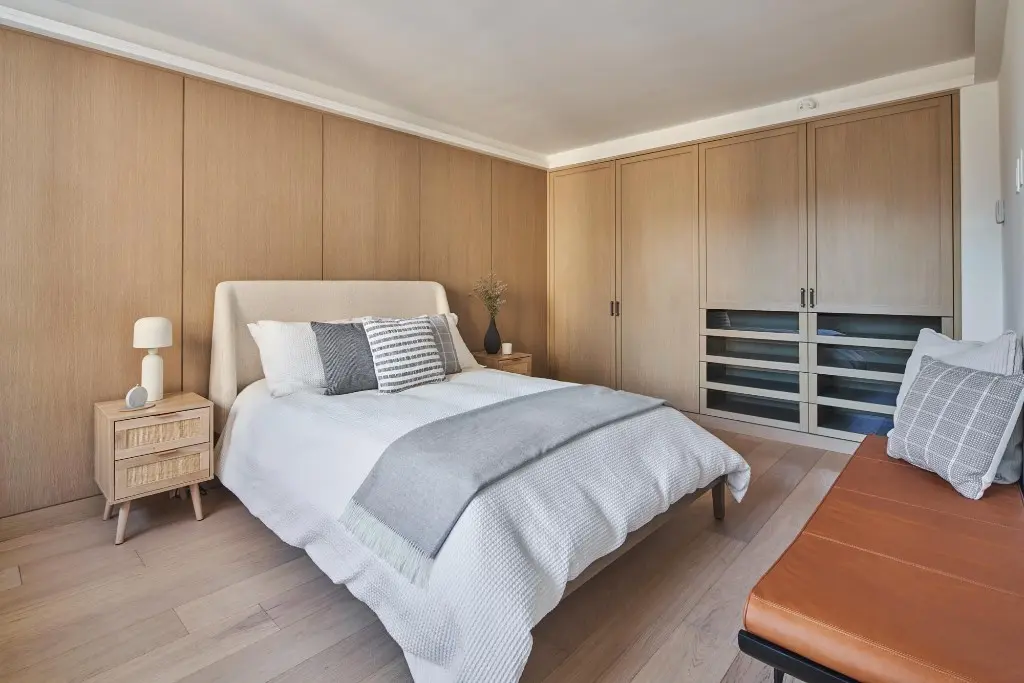
25 Fifth Avenue, #11H
$1,725,000
Monthly tax: $749
Greenwich Village | Condominium | 1 Bedroom, 1 Bath | 727 ft2
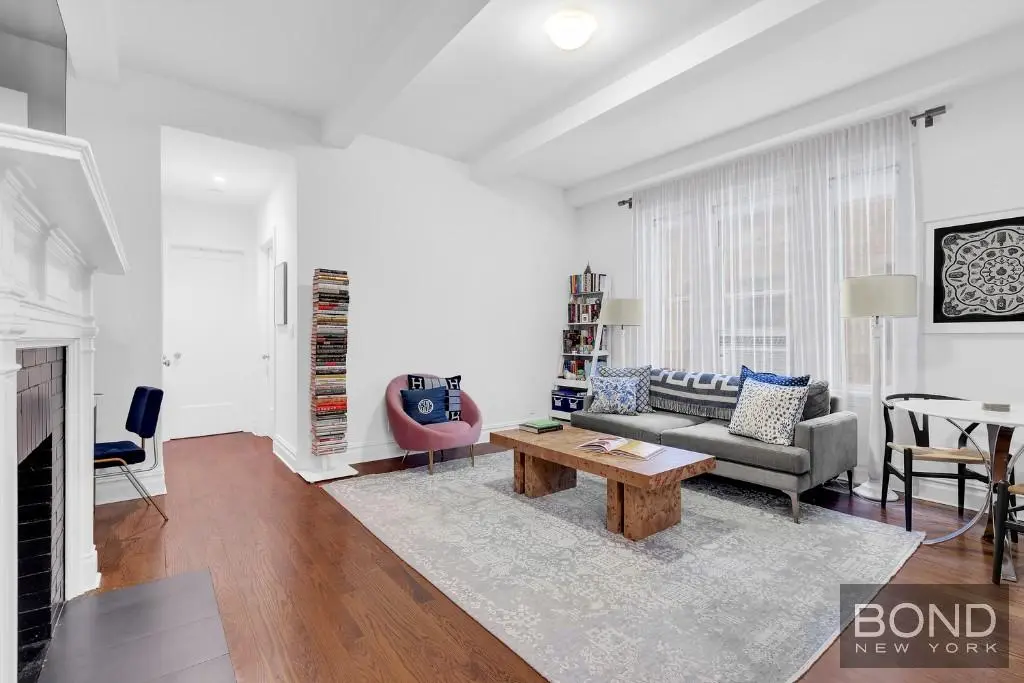
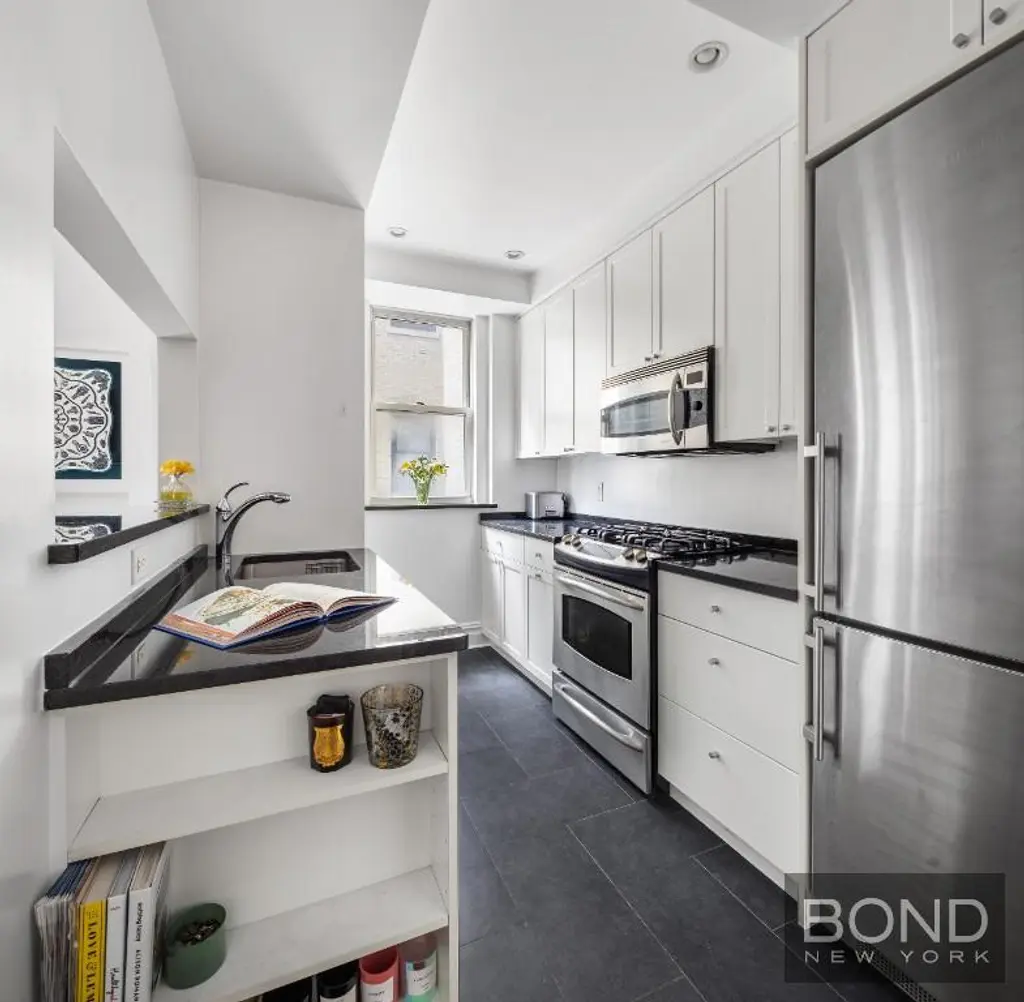
The Rockwell, #4H
$1,755,000
Monthly tax: $930
Broadway Corridor | Condominium | 2 Bedrooms, 2 Baths | 1,132 ft2

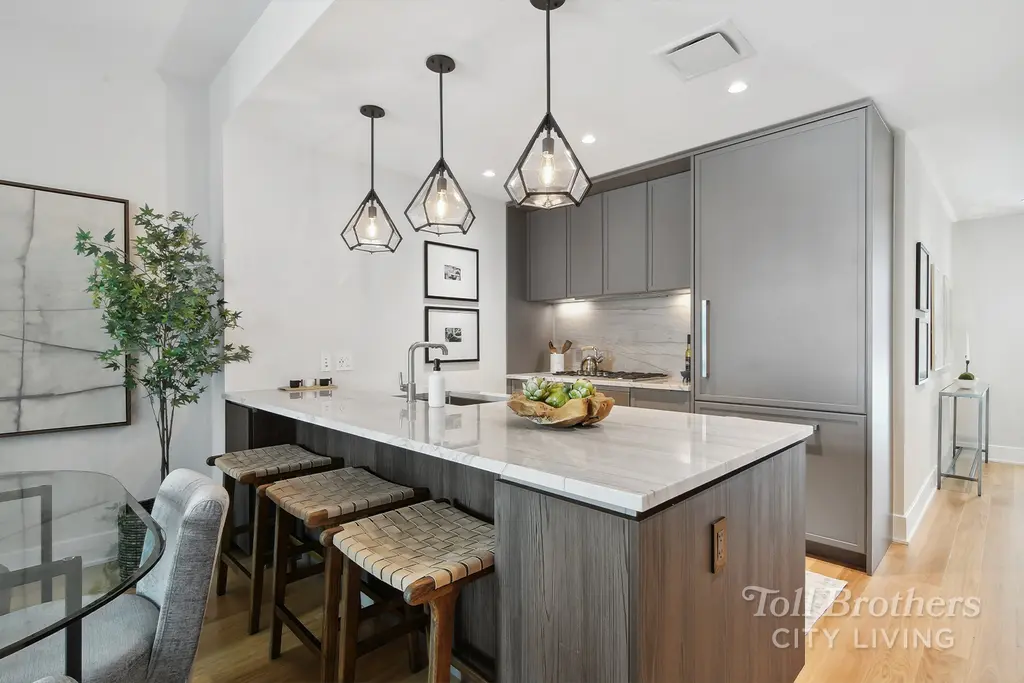
Trump Parc, #9G
$2,000,000
Monthly tax: $1,044
Midtown West | Condominium | 2 Bedrooms, 2 Baths | 1,230 ft2

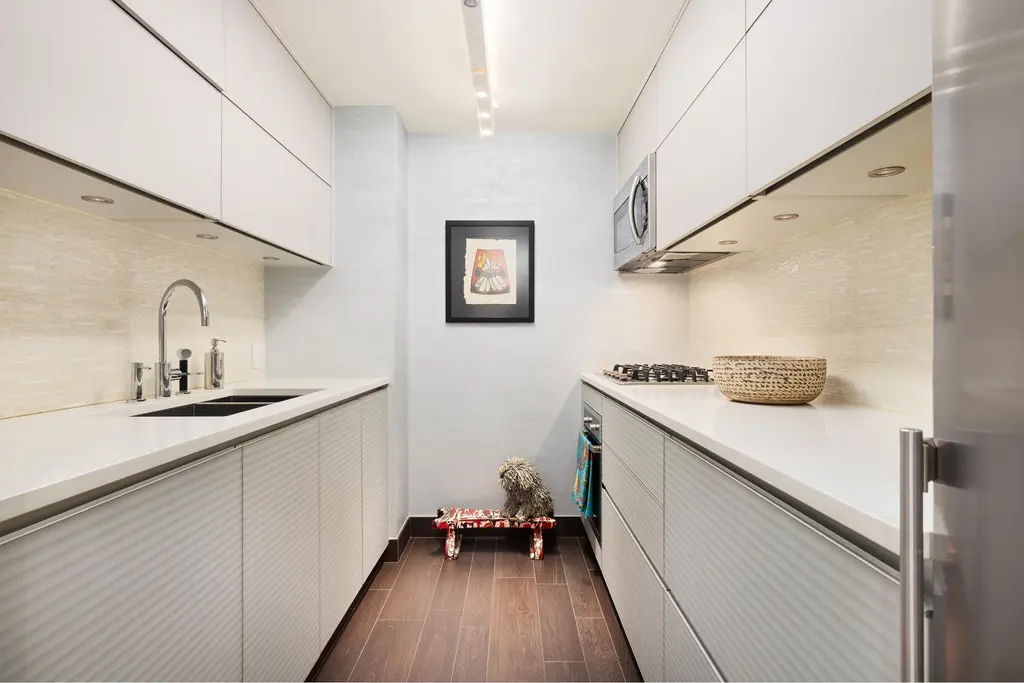
255 Bowery, #5
$2,395,000
Monthly tax: $943
Lower East Side | Condominium | 2 Bedrooms, 2 Baths | 1,206 ft2
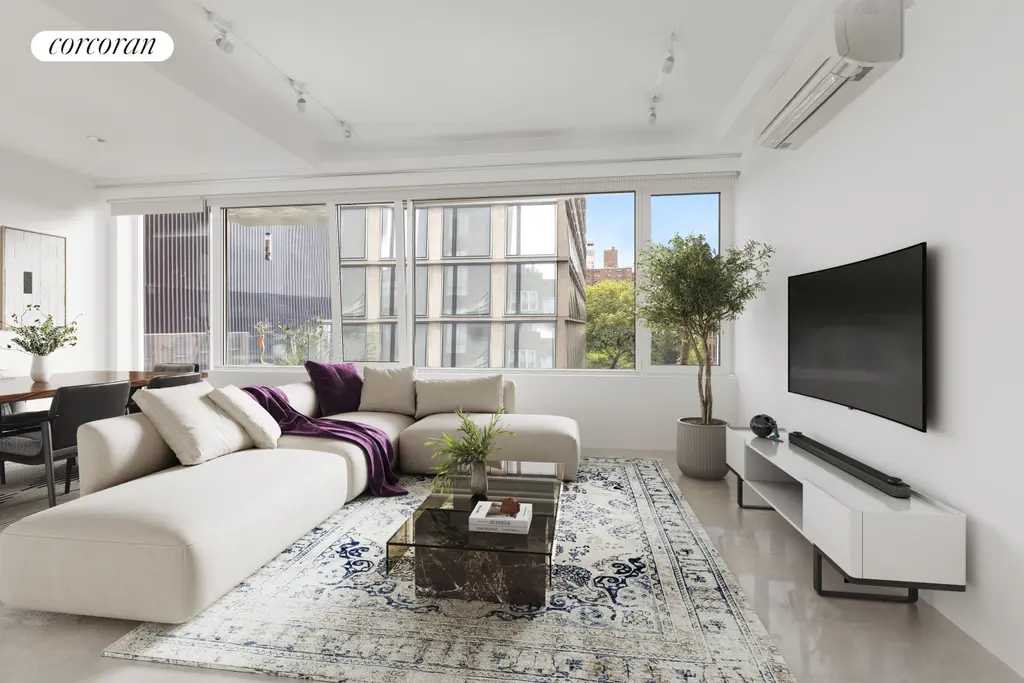
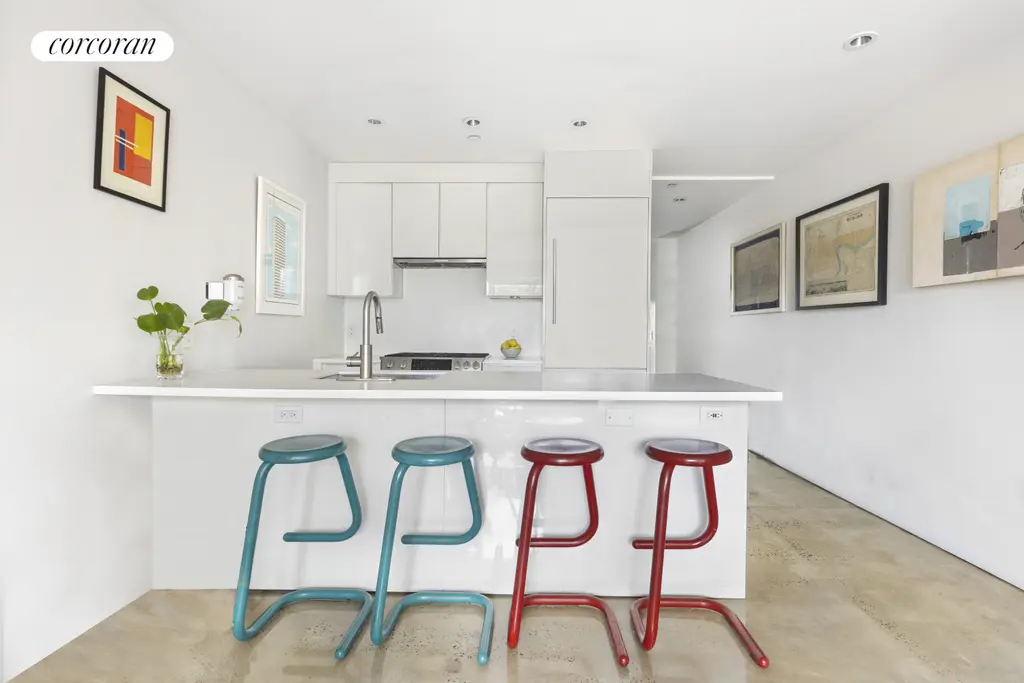

222 East Broadway, #4A
$2,875,000
Monthly tax: $1,362
Lower East Side | Condominium | 3 Bedrooms, 3 Baths | 1,471 ft2
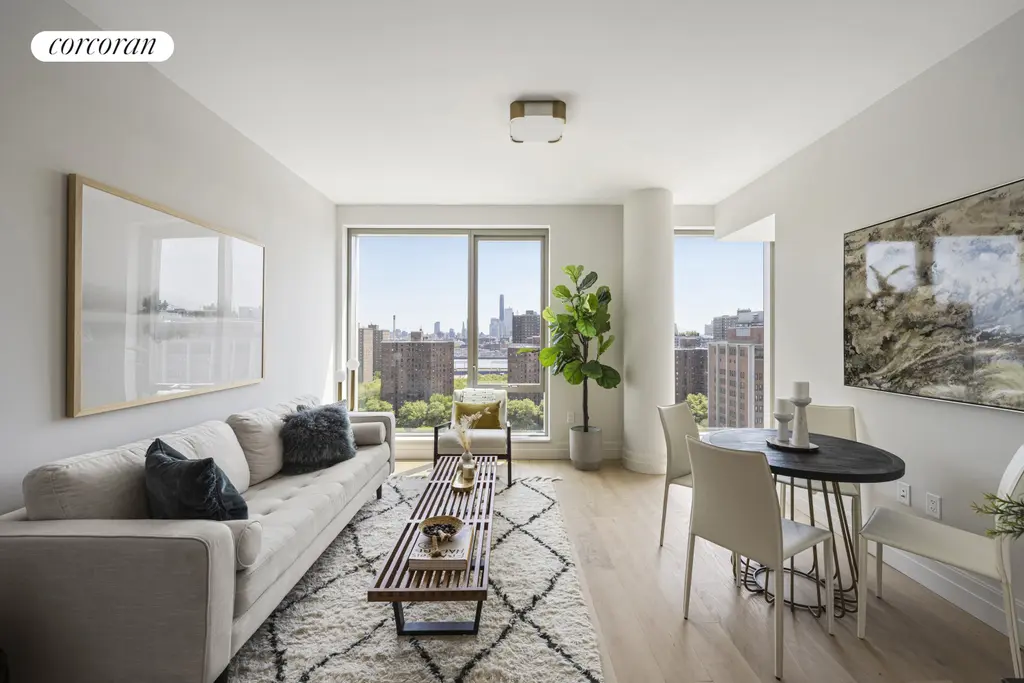
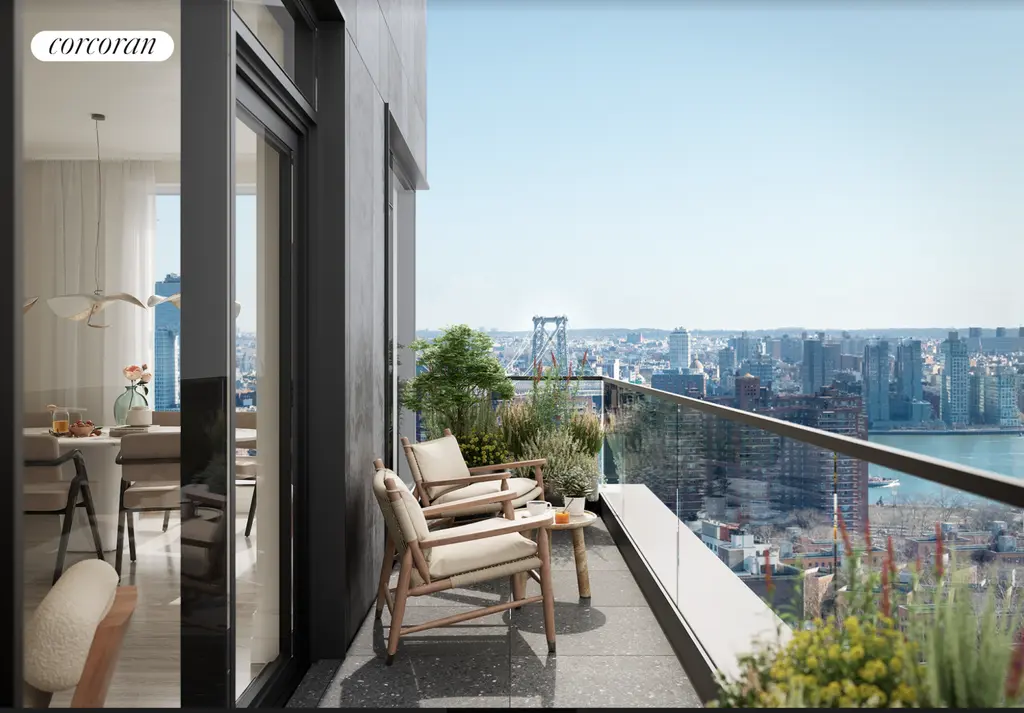
Sheffield 57, #42H
$4,500,000
Monthly tax: $809
Midtown West | Condominium | 3 Bedrooms, 3.5 Baths | 2,160 ft2
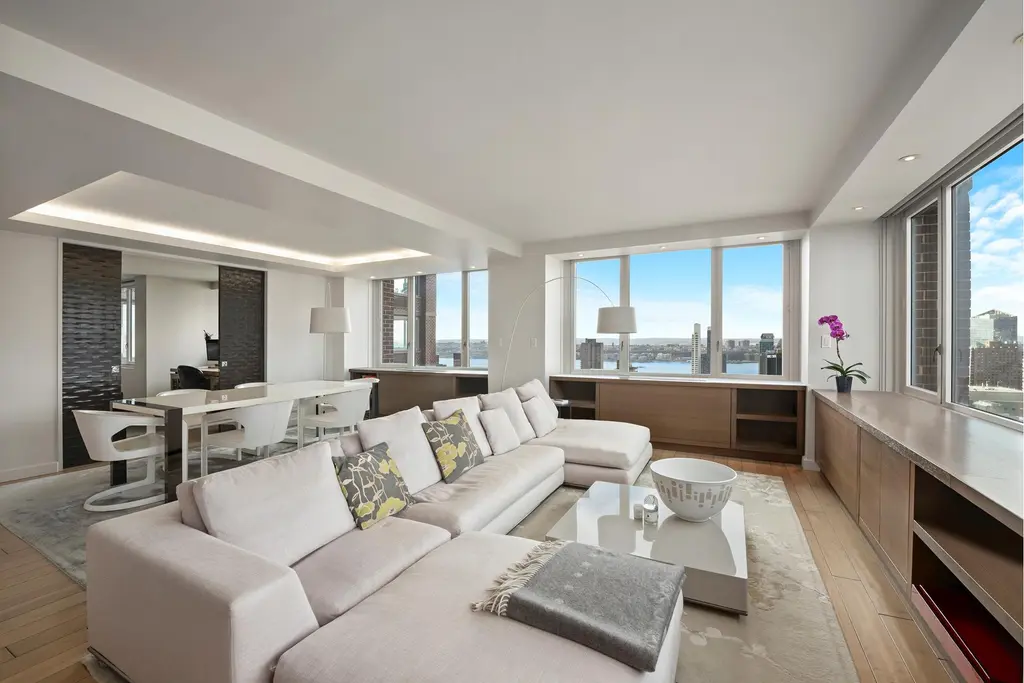


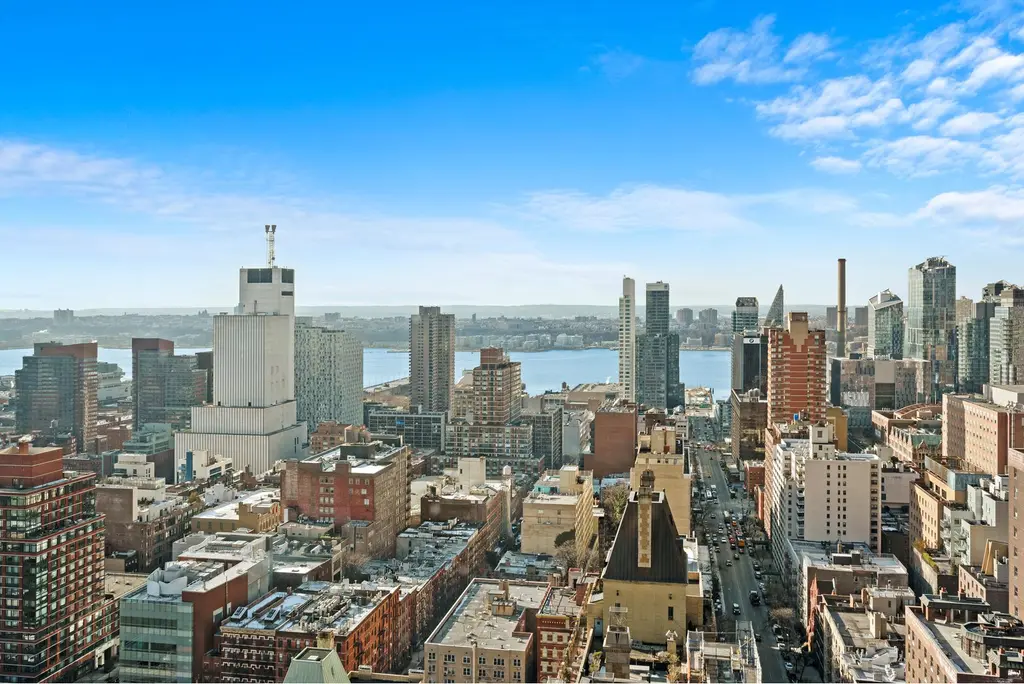


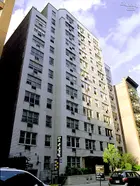
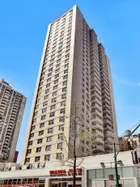
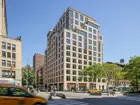

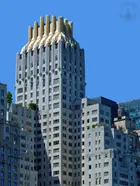

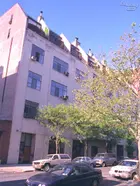



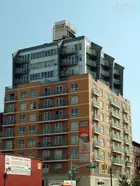
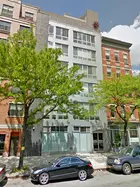
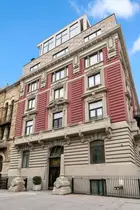
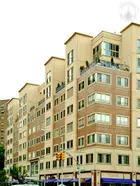
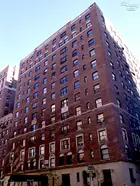
 6sqft delivers the latest on real estate, architecture, and design, straight from New York City.
6sqft delivers the latest on real estate, architecture, and design, straight from New York City.
